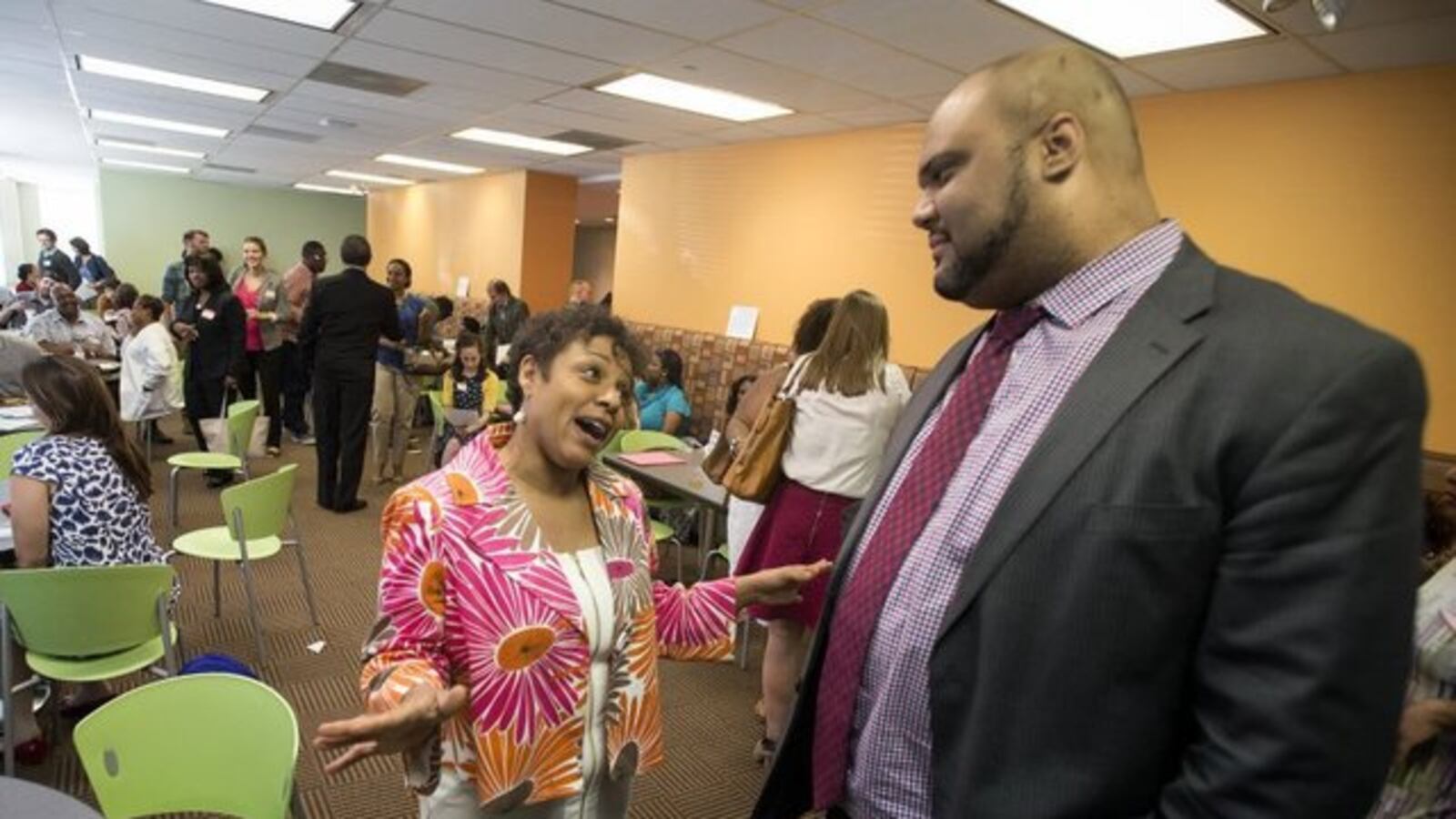After a charter operator abruptly announced plans to pull out of running two Memphis schools in Tennessee’s Achievement School District, leaders of the state-run turnaround initiative faced a wrenching decision.
Should they run the schools directly, using their own management group, Achievement Schools? After all, Achievement Schools already is running five similar schools nearby, and the ASD was designed to improve schools in crisis.
Or should they join other ASD charter operators in declining to rescue Klondike Preparatory Elementary and Humes Preparatory Middle schools?
After crunching the numbers, they went with the second option. A different operator has applied to step in at Humes at the end of this school year, but Klondike will become the first school in the ASD to close.
The impending closure raises questions about why the state entity that promised to catapult struggling schools to excellence is instead letting at least one die. The answers lie largely in a persistent complaint among nonprofit charter operators running ASD schools in Memphis: There simply aren’t enough students to go around.
“We did our due diligence in looking at the finances and honestly we could not make it work,” ASD Superintendent Malika Anderson told Klondike parents last week. “We couldn’t provide a breadth of services here with the number of students available.”
Klondike has 135 students, even though it can enroll up to 750. At Humes, just 315 students attend class in a building designed for 900. A combination of strict rules that limit student recruitment and a dwindling school-age population have left the schools struggling to attract students — damaging not only their mission, but also their chief source of funding.
To operate both schools, Achievement Schools Executive Director Tim Ware said balancing the budget would require slashing teacher training, after-school instruction, and programs to help poor students.
“When you strip education down to those bare bones, there’s real questions about the value of that education,” Ware said. “It costs extra money to take a school that’s challenged to create the necessary supports to turn it around.”
Officials in Shelby County Schools, the local district that previously ran the schools, already had drawn the same conclusion. The district has been pouring millions of federal and philanthropic dollars into 21 struggling schools through a turnaround initiative known as the Innovation Zone, allowing them to add extra services for students and training for teachers.
The local district also has about 22,000 more seats than students, and it recently kicked off a process to bring those two numbers in line by closing and consolidating schools.
The dynamic is not unique to Memphis, according to Ethan Gray, whose nonprofit, Education Cities, helps cities plan for the future. He said charter operators like KIPP, which is pulling out of another ASD school this spring, are learning that success in some cities might not easily be replicated in others.
“There are a number of cities that are facing declining enrollment issues where the economics of opening and running schools is really, really hard,” Gray said.
“The reality for a lot of [charter operators] that are being recruited by cities is that the conditions have to be favorable for them to set up shop and run schools that are effective economically and academically,” he added.
In Memphis, where the ASD operates 31 schools, it doesn’t appear that those conditions are in place. That raises another question about the state entity: Shouldn’t it have seen these demographic challenges coming?
Some local officials say yes — and that Tennessee shouldn’t have made the bold school-improvement promises it did without solutions.
“This goes back to the heart of the original problem. Dwindling enrollment, small schools,” said David Reaves, a former school board member who now sits on the Shelby County Board of Commissioners and has long been critical of the ASD. “The state thought the best thing was to bring in a charter operator to grow the school. But the reality is the school population isn’t there.”

